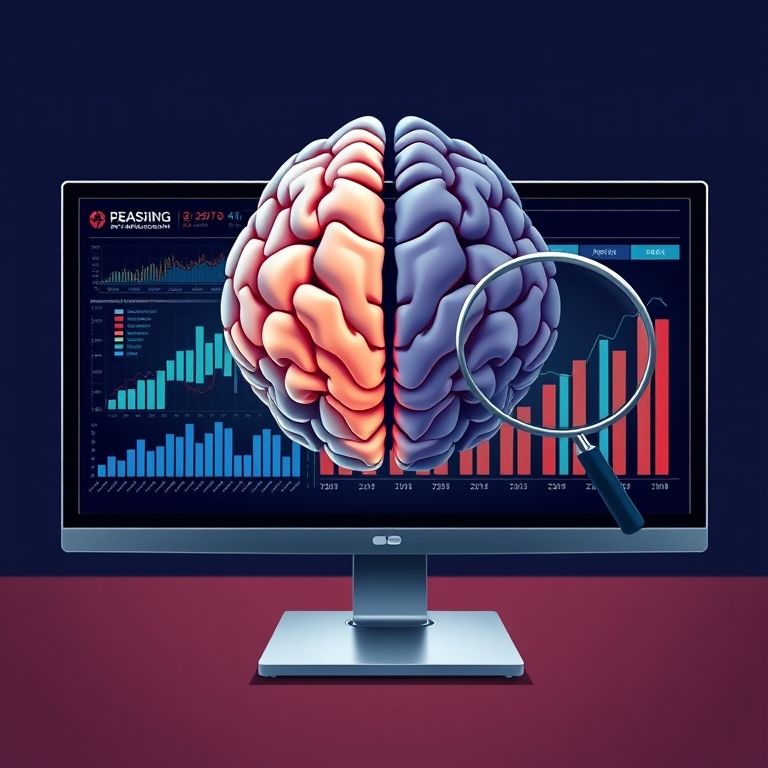
28
AI Analytics vs Business Intelligence: What’s the Difference in 2025?
Explore the key differences between AI analytics and business intelligence. Learn which is right for your company’s data-driven growth strategy in 2025.
As businesses embrace smarter data, the conversation isn’t just about dashboards—it’s about AI analytics vs business intelligence (BI). Both turn raw data into decisions, but their methods, depth, and automation levels are worlds apart. Which should your business use in 2025? This guide explains the differences, real-world uses, and how to future-proof your analytics strategy.
What Is Business Intelligence (BI)?
Business intelligence (BI) platforms aggregate, visualize, and report on business data. BI turns historical information into dashboards and charts for easier tracking and decision making.
Key BI Functions:
- Data aggregation and warehousing
- Historical reporting
- Pre-built dashboards and KPIs
- Querying and drill-down
- Descriptive analytics (what happened?)
Top BI Tools:
- Microsoft Power BI
- Tableau
- Qlik Sense
- Google Looker Studio
What Is AI Analytics?
AI analytics takes analytics further by using machine learning, natural language processing, and automation to uncover deeper insights, forecast trends, and trigger actions—often with little human intervention.
Key AI Analytics Features:
- Predictive analytics (what will happen?)
- Prescriptive analytics (what should we do?)
- Automated anomaly detection
- Natural language queries and insights
- Real-time pattern recognition
- Actionable recommendations
Top AI Analytics Tools:
- Salesforce Einstein Analytics
- Tableau with Einstein Discovery
- Microsoft Power BI AI
- Sisense with AI-driven insights
Side-by-Side Comparison Table
FeatureBusiness IntelligenceAI AnalyticsFocus | Reporting & visualization | Prediction & automation
Data Scope | Historical | Historical + real-time + external
User Interaction | Manual querying, dashboards | Automated insights, natural language
Insights | Descriptive | Predictive & prescriptive
Automation | Low to moderate | High (ML, NLP, auto-alerts)
Decision Support | Human-driven | Machine-augmented or automated
Examples | Monthly reports, sales trends | Forecasting, anomaly detection, next-best actions
When to Use Business Intelligence
- Need clear historical tracking and reporting
- Require compliance and audit trails
- Users prefer manual analysis and dashboards
- Organization is early in analytics maturity
When to Use AI Analytics
- Want to predict trends and automate actions
- Need real-time or external data incorporated
- Aim to optimize processes or personalize customer experience
- Looking to reduce manual analysis time and increase speed to insight
Hybrid Approach: The Future of Analytics
The smartest businesses in 2025 use both—BI for solid reporting, and AI analytics for automation and foresight. Modern tools (like Power BI, Tableau, and Salesforce) blend BI and AI features, giving teams a unified data platform.
Real-World Example
A retailer used Power BI for monthly sales reports (classic BI), but layered on Einstein Analytics for AI-powered forecasting and anomaly detection—catching supply chain issues weeks in advance and improving sales planning (source).
Internal Links
- Best AI Analytics Dashboard Tool
- How to Build AI Analytics Dashboard
- AI Marketing Analytics Dashboard Demo
Conclusion
AI analytics vs business intelligence isn’t a matter of “either/or”—it’s about combining strengths. BI brings clarity and control; AI analytics delivers speed, prediction, and automation. In 2025, a hybrid approach ensures your business stays data-driven, agile, and ahead of the curve.
Contact
Missing something?
Feel free to request missing tools or give some feedback using our contact form.
Contact Us